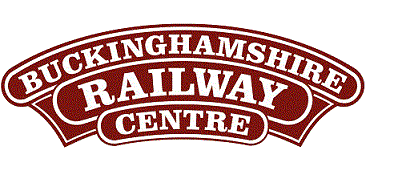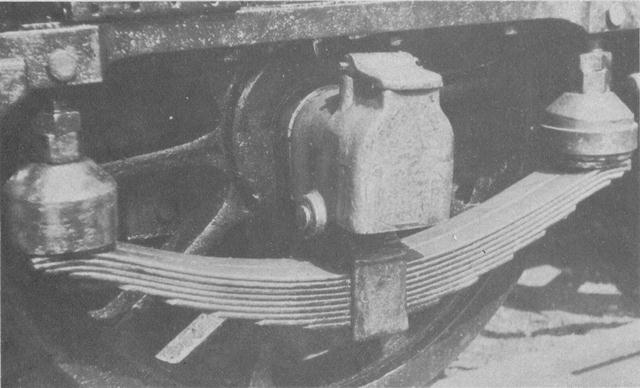
BRC Website Home
Quainton Virtual Stockbook
Rebuilt LSWR 0298 Class 2-4-0 Well Tank No. 0314
Miscellaneous Quainton Publications
The Centenary of the Beattie Well Tank at Quainton

BRC Website Home
Quainton Virtual Stockbook
Rebuilt LSWR 0298 Class 2-4-0 Well Tank No. 0314
Miscellaneous Quainton Publications
The Centenary of the Beattie Well Tank at Quainton
Features of the Design

Photo: |
|
The elegant appearance of the Standard well tanks has been attributed to Charles Beyer of Beyer, Peacock & Co. Ltd., Manchester, but the general form of the basic design concept should be credited to Joseph Beattie. This fine engineer was firmly convinced of the importance of having a low centre of gravity to achieve steady running and he obtained this by placing the boilers of the Standard tanks with the centre line only 5ft 10in above rail level and by choosing well tanks instead of side or saddle tanks. This layout dictated the use of outside cylinders which was contrary to conventional practice at that period but Beattie was able to retain the valve gear between the frames and well tanks. One of the most noticeable features of the design is illustrated above. It is the unique arrangement of outside springs and bearings for the leading axle. The weight on the springs is taken to the underside of the slide bars and these springs give even better stability to the engine because they are additional to the normal inside bearings and springs. A second quest pursued by Joseph Beattie was fuel economy but the design features relevant to this objective disappeared years ago because they were rather expensive to maintain. The fire boxes on the original boilers were designed to burn coal without smoke instead of the dearer coke but the complicated divided firebox with twin firehole doors was not retained by William Adams. Another speciality of Beattie was feedwater preheating by using waste heat from exhaust steam. On the side of the boilers of the engines when built there was a concentric pipe parallel with the handrail. Exhaust steam passed through the central pipe while feed water circulated through the annular jacket. Engines built before 1868 had donkey pumps located on the left hand side of the engine between the splashers but later batches were fitted with crosshead operated reciprocating pumps. The well tanks were in many respect of advanced design and were soundly constructed; hence the long life they spent on their original duties and the importance of preserving the two remaining examples of Victorian engineering skill. Reference: |
|
Notes: |
Text © Quainton Railway Society / Photographs © Quainton Railway Society or referenced photographer
Email Webmaster
Page Updated: 15 October 2017